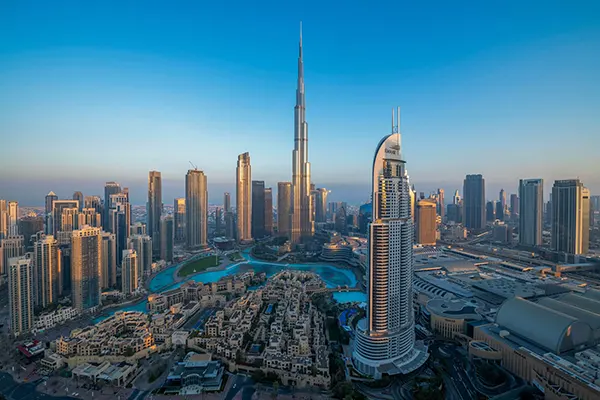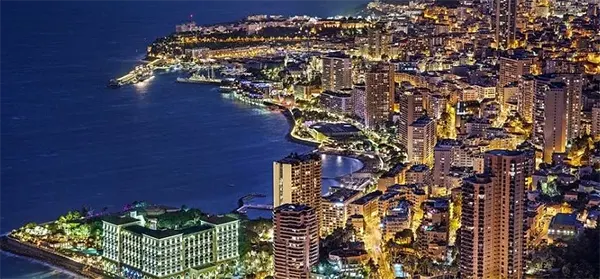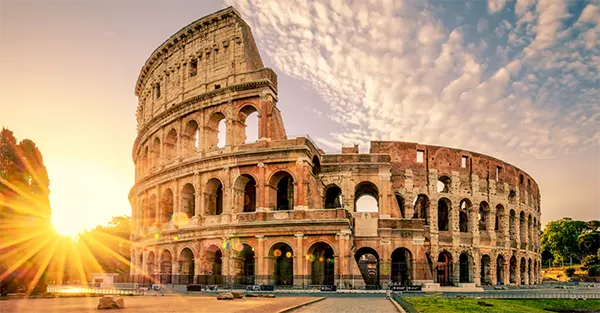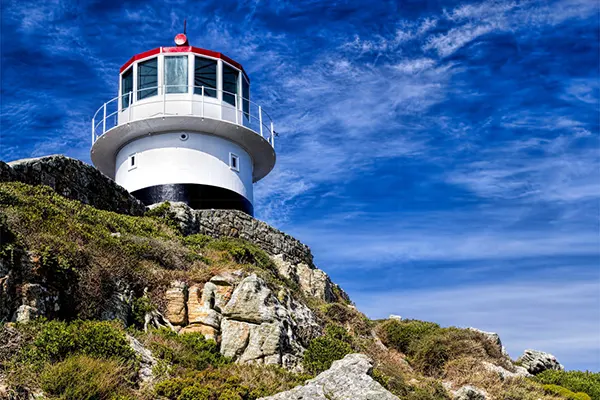
Secrets of the Cape of Good Hope: More Than Just the Edge of Africa
The Cape of Good Hope has captivated explorers, traders, and adventurers for centuries. But beyond its maritime legends and dramatic coastlines lies a territory filled with ecological richness, cultural depth, and historical layers that demand closer attention. Today, this part of South Africa continues to intrigue, offering far more than a scenic endpoint at the tip of the continent.
Ecological Significance of the Cape
The Cape of Good Hope is home to one of the most biodiverse regions in the world — the Cape Floristic Region. This UNESCO World Heritage Site is the smallest yet richest of the world’s six recognised floral kingdoms. It houses over 9,000 plant species, 70% of which are found nowhere else on Earth. This ecological treasure trove is a vital part of global conservation efforts.
Fynbos, the signature vegetation of the region, may look sparse at first glance but is dense with unique species such as the king protea and silver tree. This biome is adapted to the Mediterranean climate of the Cape, surviving wildfires and nutrient-poor soils. The region’s natural resilience makes it a subject of fascination for botanists and environmental researchers worldwide.
The surrounding marine environment is equally diverse. The meeting of the cold Benguela and warm Agulhas currents supports a rich array of sea life, including kelp forests, seals, penguins, and even seasonal whales. The Cape’s waters are vital for local fisheries and form part of South Africa’s marine protected areas.
Preservation and Modern Threats
Despite being a protected area, the Cape faces modern ecological threats such as climate change, invasive species, and human encroachment. Increased tourism and urban development have led to habitat fragmentation and pollution in nearby reserves. Active monitoring and conservation efforts are required to maintain the region’s integrity.
Organisations such as SANParks and CapeNature collaborate on initiatives like fire management, alien vegetation removal, and ecological research. Volunteers, both local and international, also participate in habitat restoration programmes. These combined efforts are crucial in defending the Cape’s fragile biodiversity.
In recent years, digital tools like satellite monitoring and AI-based environmental tracking have been employed to assist in conservation. These innovations are reshaping how we manage protected areas and respond to threats, providing real-time data and predictive models for better ecological decisions.
Cultural and Historical Depth
The Cape of Good Hope is not just a place of natural wonders — it has served as a pivotal point in world history. Originally named the “Cape of Storms” by Portuguese explorer Bartolomeu Dias in 1488, it later became essential in connecting Europe with the East through maritime trade. The transformation of the Cape into a major stopover shaped the colonial future of Southern Africa.
The arrival of the Dutch East India Company in 1652 led to the establishment of Cape Town and a provisioning station for passing ships. This marked the beginning of European settlement in South Africa and the displacement of indigenous Khoisan populations. The Cape’s layered history is evident in its architecture, language, and social structures even today.
Many of the region’s cultural landmarks — such as the Castle of Good Hope, Simon’s Town naval base, and old wine estates — tell stories of colonialism, resistance, and migration. Museums and heritage trails continue to play a role in educating both locals and visitors about the Cape’s complex past.
Modern Cultural Identity
Today, the Cape Peninsula embodies a mix of cultural identities and expressions. From the Cape Malay traditions of Bo-Kaap to the creative energy of local artists in Woodstock, the region reflects a vibrant urban-rural dynamic. Music, cuisine, and festivals are an essential part of the local experience.
The post-apartheid era has seen a resurgence in celebrating indigenous heritage and addressing historical injustices. Cultural projects now aim to include Khoisan voices and narratives that were long suppressed. These efforts foster a broader and more inclusive understanding of the Cape’s past and present.
Local communities also use digital media and storytelling platforms to share their histories, connect with the diaspora, and attract sustainable tourism. These channels help protect cultural integrity while providing economic opportunities for residents.
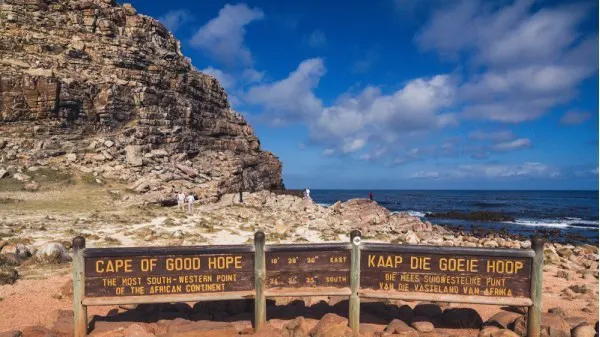
Modern Tourism and Its Impact
Tourism at the Cape of Good Hope remains one of South Africa’s major attractions, drawing millions of visitors annually. The Cape Point Nature Reserve, part of Table Mountain National Park, offers scenic drives, hiking routes, and panoramic viewpoints over the Atlantic and Indian Oceans. The iconic signpost at Cape Point marks distances to global capitals, a favourite for photographs.
However, with popularity comes pressure. Managing tourist flows while protecting the delicate ecosystems has become a key challenge. Infrastructure improvements, guided tours, and timed entry systems are some of the measures taken to balance accessibility with preservation. Education about responsible tourism is now part of most visitor experiences.
The integration of eco-tourism principles is growing, with a focus on low-impact travel and community benefit. Initiatives like locally guided walking tours, indigenous plant workshops, and conservation volunteering give tourists a deeper connection to the place while supporting local livelihoods.
Looking Ahead
The Cape of Good Hope remains a symbol — not just of maritime legacy but of human adaptation, ecological importance, and cultural complexity. As South Africa continues to evolve socially and economically, so too does the role of this coastal icon in national identity and global imagination.
Continued investment in sustainable development, inclusive history, and ecological stewardship will ensure the Cape’s legacy thrives into the future. Balancing access, education, and protection is the formula for longevity in this unique corner of the world.
Ultimately, the Cape of Good Hope is more than a destination; it is a living narrative of nature, history, and people — one that still has many chapters to be written.


